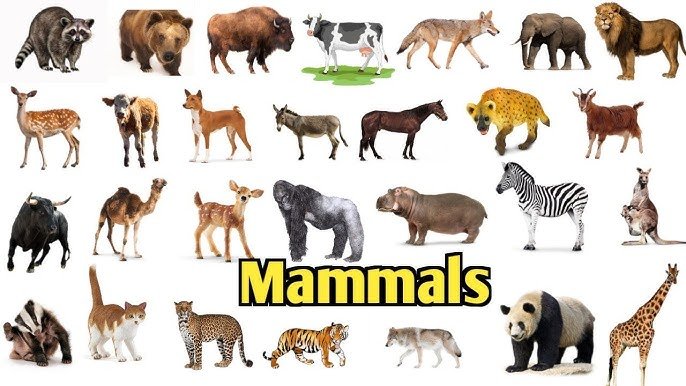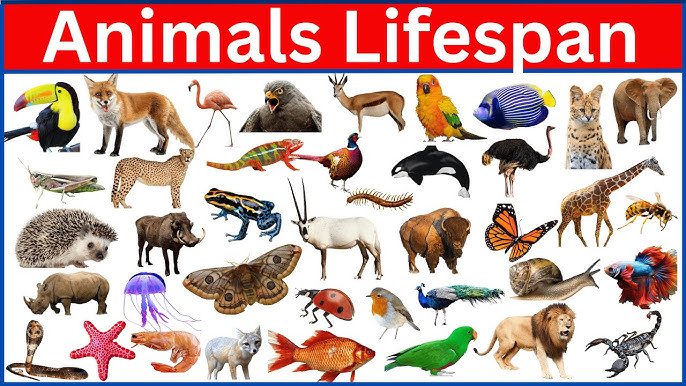The animal kingdom is diverse and amazing; each species has a different lifespan. Some animals live only a few hours, while others can live for hundreds of years. Understanding the lifespan of different animals not only gives us insight into nature’s wonders but also helps scientists study aging, survival strategies, and ecosystems. In this article, we will explore the lifespan of animals ranging from tiny insects to majestic mammals and ancient marine creatures.
Insects: Short Yet Significant Lives
Insects usually have the shortest lifespan in the animal world. For example, the mayfly is famous for living less than 24 hours, spending most of its life cycle in the nymph stage before emerging as an adult for reproduction. On the other hand, the honeybee worker typically survives around 5 to 6 weeks, while the queen bee can live up to 5 years. This difference highlights how roles within a species affect longevity.
Birds: From Sparrows to Parrots
Birds are known for their varied lifespans depending on size and species. Smaller birds such as sparrows usually live for 3 to 5 years in the wild due to predators and environmental challenges. In contrast, parrots and macaws are among the longest-living birds, with lifespans reaching 50 to 80 years in captivity. Remarkably, some albatrosses are known to live over 60 years, showing how proper adaptation and environment can extend life.
Mammals: Wide Range of Longevity

Mammals display the widest range of lifespans. Rodents like mice and rats typically live for 2 to 3 years, making them ideal for laboratory studies on aging. Domestic animals such as dogs live between 10 to 15 years, while cats can reach 12 to 18 years. Elephants and other bigger mammals live for 60 to 70 years. Interestingly, the bowhead whale holds a record among mammals, often surpassing 200 years, making it one of the oldest-living mammals on Earth.
Reptiles: Slow Aging Survivors
Reptiles are known for their slow metabolism, which often contributes to longer lifespans. Tortoises are famous for their incredible longevity, with species like the Galápagos tortoise living over 100 years. In fact, some individuals have been recorded at more than 150 years old. Crocodiles and alligators also have impressive lifespans, averaging 70 to 100 years, making them among the oldest predators in the wild.
Marine Animals: Centuries Beneath the Waves
Some of the longest-lived species may be found in the ocean. For instance, Greenland sharks are the oldest known vertebrates on the planet, capable of surviving for over 400 years. Similarly, certain species of clams, like the ocean quahog, can live over 500 years. On the shorter side, many jellyfish species live for just a few months, but the immortal jellyfish (Turritopsis dohrnii) can theoretically revert to its juvenile form, giving it a potential endless lifespan under the right conditions.
Amphibians: Moderate Lifespans
Amphibians, such as frogs and salamanders, usually have moderate lifespans compared to other animals. Frogs can live anywhere from 4 to 15 years, depending on the species. Certain salamanders, like the axolotl, can survive up to 15 years in captivity. These lifespans highlight the balance between environmental threats and natural resilience.
Factors Affecting Animal Lifespan
Several factors influence the lifespan of animals, including:
- Genetics – Species naturally have different biological lifespans.
- Size – Generally, larger animals live longer than smaller ones.
- Habitat – Protected environments like captivity often increase longevity.
- Predators and Diseases – Wild animals face risks that reduce lifespan.
- Diet and Metabolism – Slower metabolism often contributes to longer life.
The lifespan of different animals varies dramatically, from the fleeting hours of a mayfly to the centuries of a Greenland shark. These differences highlight the adaptability and diversity of life on Earth. Studying animal longevity not only helps us appreciate the natural world but also provides valuable insights into aging and survival strategies. Whether short-lived or long-lived, every creature plays a vital role in maintaining the balance of nature.
Essential Pet Grooming Tips for a Healthy and Happy Pet
Tips and Tricks to Train your pet successfully
Top 10 Health Benefits of Having a Pet
Read Also: Dog Pet Website Design
![]()





